The Crisis of Insulin Costs
According to our findings, 14% of people who use insulin in the United States face what are described as “catastrophic” levels of spending on insulin. This means they spend at least 40% of their post-subsistence income—what is available after paying for food and housing—on insulin. This alarming statistic highlights the urgent need for interventions to reduce the financial burden on individuals who rely on insulin for their survival.
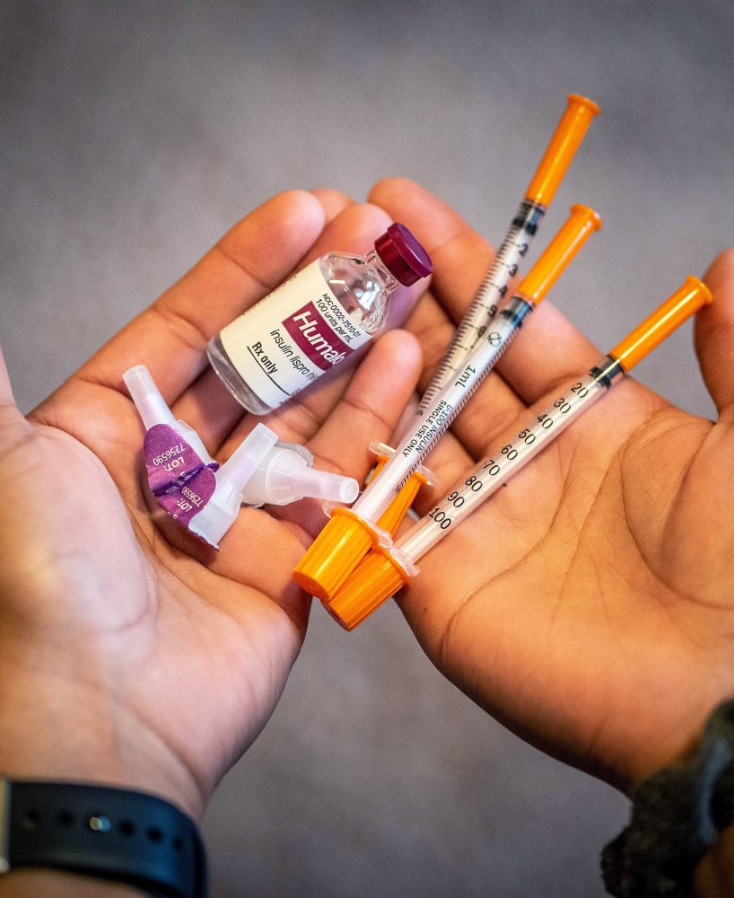

Prescription Medication and Cost-Cutting Measures
The percentage of adults aged 18–64 who took prescription medication in the past 12 months and did not take it as prescribed to reduce costs varies significantly by sex, race, and Hispanic origin. The burden of prescription costs is not evenly distributed:
- Those with disabilities and those reporting fair or poor health are more likely to cut back on taking medications as prescribed due to cost concerns.
- The financial strain of medication costs is disproportionately higher among certain demographic groups, exacerbating existing health disparities.
Our Mission
At Health Chex Medical Foundation, we are dedicated to addressing these inequities and ensuring that all individuals, regardless of their economic status, have access to the medications and healthcare they need. Our programs focus on:
- Financial Assistance: Providing support to individuals struggling to afford their medications, ensuring they do not have to choose between their health and other essential needs.
- Awareness and Advocacy: Raising awareness about the high costs of prescription medications and advocating for policies that make healthcare more affordable and accessible.
- Community Support: Offering resources and support to communities disproportionately affected by high healthcare costs, including those with disabilities and those in fair or poor health.
Join Us
Health Chex Medical Foundation is committed to creating a world where everyone can prioritize their health without financial hardship. Join us in our mission to bridge the gap between health and affordability, ensuring that no one has to make the impossible choice between buying medicine and taking care of their health. Together, we can make a difference.
For more information and to get involved, visit our website or contact us directly. Your support can help us change lives and build healthier communities.

Antibiotics
The average cost of antibiotics can vary widely depending on the type of antibiotic, the dosage, and whether it is a brand-name or generic version. Generally, the cost of antibiotics can range from as low as $10 to over $100 for a course of treatment. For example:
- Generic antibiotics like amoxicillin, doxycycline, and azithromycin can cost between $10 and $30 for a standard course.
- Brand-name antibiotics or newer antibiotics can be significantly more expensive, sometimes exceeding $100 for a course of treatment.
Many people avoid using antibiotics for several reasons:
- Cost: Although antibiotics are generally more affordable than some other life-saving medications, the cost can still be a barrier for individuals without insurance or with high copays and deductibles.
- Lack of Insurance: Those without health insurance may find it difficult to afford antibiotics, especially if they need multiple courses or a more expensive type.
- Access to Healthcare: Some individuals may avoid seeking medical care due to the cost of doctor visits or because they live in areas with limited access to healthcare providers. Without a prescription, they cannot obtain antibiotics legally.
- Misconceptions about Antibiotics: Some people may not understand when antibiotics are necessary and may avoid taking them because they believe their condition does not require it. There is also a common misconception that antibiotics can treat viral infections, leading to misuse and avoidance when they are genuinely needed for bacterial infections.
- Fear of Side Effects: Concerns about potential side effects or allergic reactions to antibiotics can cause individuals to avoid taking them, even when prescribed by a healthcare professional.
- Antibiotic Resistance Concerns: Growing awareness of antibiotic resistance may lead some individuals to avoid taking antibiotics unless absolutely necessary, which can sometimes result in not taking them when they are indeed required.
While cost can be a factor in avoiding antibiotics, issues related to access to healthcare, insurance coverage, and misconceptions about the appropriate use of antibiotics also play significant roles. Addressing these barriers through better healthcare access, education, and affordable medication options is crucial to ensuring that everyone can receive the antibiotics they need.
Statins
The average cost of statins can vary significantly depending on the specific medication, whether it is a brand-name or generic drug, and if it is covered by insurance. On average:
- Generic Statins (e.g., atorvastatin, simvastatin): Typically cost between $4 and $15 per month.
- Brand-Name Statins (e.g., Lipitor, Crestor): Can cost between $100 and $300 per month without insurance.
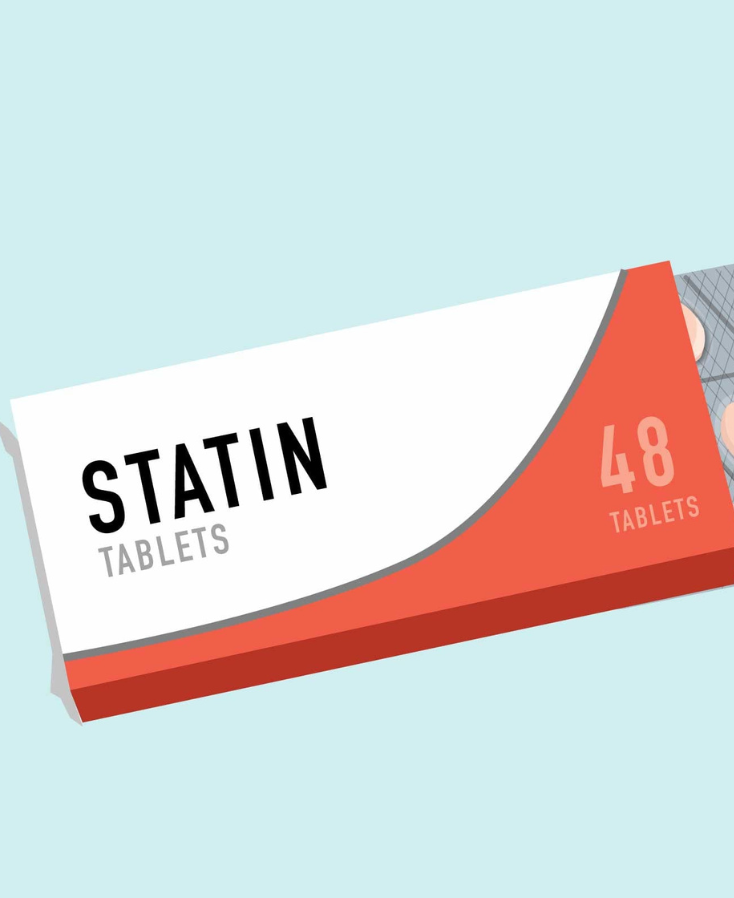
Many people avoid using statins for several reasons:
High Cost: While generic statins are relatively affordable, brand-name statins can be expensive without insurance. Even with insurance, copays and deductibles can add up, making it difficult for some individuals to afford their medication regularly.
Insurance Coverage: Not all insurance plans cover the full cost of statins, particularly brand-name versions, leading to high out-of-pocket expenses. Some plans may also have restrictive formularies that limit access to certain medications.
Side Effects: Statins can have side effects, such as muscle pain, liver damage, digestive problems, and increased blood sugar levels. These side effects can discourage individuals from taking their medications regularly.
Perception of Necessity: Some individuals may not fully understand the importance of taking statins to manage their cholesterol levels and reduce the risk of cardiovascular disease. They might believe that lifestyle changes alone are sufficient or that the medication is not necessary if they feel fine.
Stigma and Psychological Factors: Some people may feel embarrassed or stigmatized about taking medication for cholesterol, leading them to avoid or discontinue use.
Access to Healthcare: Regular access to healthcare providers for prescriptions, monitoring, and follow-up care is necessary for effective treatment. Those with limited access to healthcare, particularly in rural or underserved areas, may find it difficult to obtain and use statins as prescribed.
Financial Hardship: Individuals with limited financial resources may struggle to prioritize the cost of statins over other essential needs like housing, food, and utilities, leading them to skip or ration their medication.
Medication Fatigue: Managing multiple health conditions often requires taking several medications. The burden of managing multiple prescriptions can lead to medication fatigue, where individuals become overwhelmed and less adherent to their treatment regimens.
While cost is a significant factor in avoiding statin medications, other reasons include insurance barriers, side effects, perception of necessity, stigma, access to healthcare, financial hardship, and medication fatigue. Addressing these barriers through improved insurance coverage, financial assistance programs, patient education, and support for comprehensive care is crucial to ensure that individuals with high cholesterol can afford and access their statin medications.

Anticoagulants
- Warfarin (a commonly used older anticoagulant): Costs around $4 to $30 per month for generic versions.
- Newer anticoagulants (such as Eliquis, Xarelto, and Pradaxa): Can cost between $300 and $450 per month without insurance.
Many people avoid using anticoagulants for several reasons:
High Cost: The primary reason for avoiding newer anticoagulants is their high cost. Without insurance, these medications can be prohibitively expensive. Even with insurance, copays and deductibles can be significant, especially for those on fixed incomes.
Insurance Coverage: Not all insurance plans cover the full cost of newer anticoagulants, leading to high out-of-pocket expenses. Additionally, some plans may require prior authorization or step therapy, which can delay access to these medications.
Side Effects: Anticoagulants can have side effects, including an increased risk of bleeding, which can be severe or life-threatening. Fear of these side effects can lead individuals to avoid taking their prescribed medications.
Monitoring Requirements: Some anticoagulants, like warfarin, require regular blood tests (INR monitoring) to ensure the correct dosage. This can be inconvenient and costly, especially for those with limited access to healthcare services.
Complexity of Use: Managing anticoagulant therapy can be complex, particularly with medications like warfarin that have dietary restrictions and interactions with other drugs. This complexity can lead to non-adherence.
Lack of Understanding: Some individuals may not fully understand the importance of anticoagulant therapy in preventing serious health complications, leading to complacency or neglect in taking their medications.
Access to Healthcare: Limited access to healthcare providers for prescriptions and regular monitoring can be a barrier, particularly in rural or underserved areas.
While cost is a significant factor in avoiding anticoagulants, other reasons include insurance barriers, side effects, the complexity of use, lack of understanding, and access to healthcare. Addressing these barriers through improved insurance coverage, patient education, accessible healthcare services, and support for medication management is essential to ensure that individuals who need anticoagulants can afford and access them.
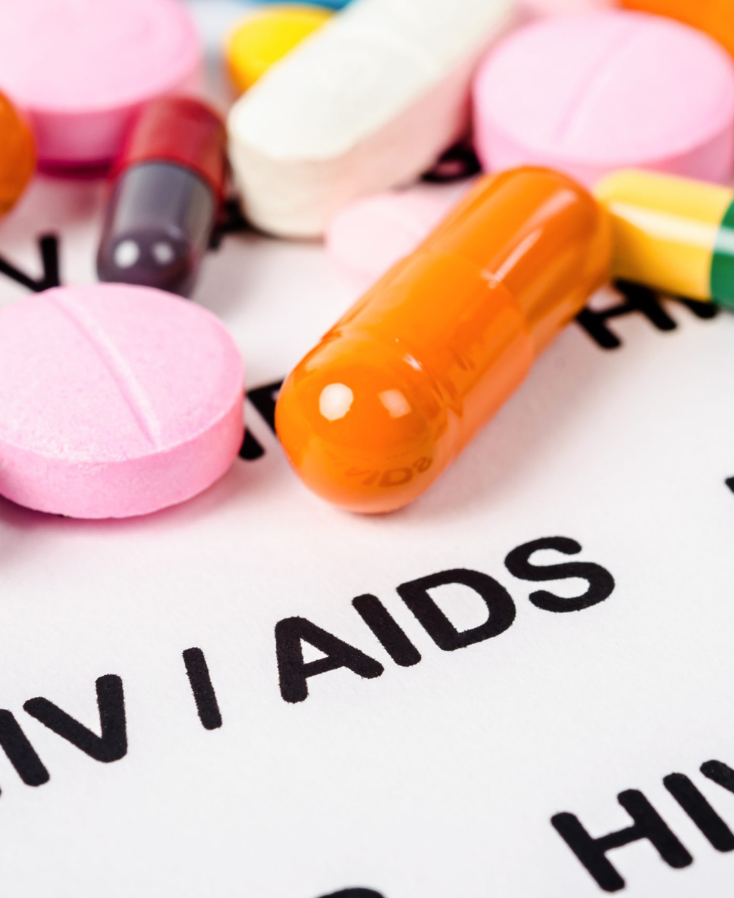
Antiretrovirals
The average cost of antiretrovirals (ARVs), which are essential for managing HIV/AIDS, can be quite high. The cost varies depending on the specific medication, brand, and whether it is purchased with or without insurance. On average:
- Brand-name ARVs: Can cost between $1,000 and $3,000 per month.
- Generic ARVs: These are generally cheaper but can still cost several hundred dollars per month.
Many people avoid using ARVs for several reasons:
- High Cost: The primary reason many people avoid ARVs is their high cost. Without insurance, the monthly expense can be prohibitive. Even with insurance, copays and deductibles can be significant.
- Insurance Barriers: Not all insurance plans cover ARVs adequately. High-deductible plans and restrictive formularies can result in substantial out-of-pocket expenses before coverage kicks in.
- Access to Healthcare: Regular access to healthcare providers for prescriptions and monitoring is necessary for effective ARV treatment. In areas with limited healthcare resources, this can be a barrier.
- Stigma: The stigma associated with HIV/AIDS can deter individuals from seeking treatment. Fear of being judged or discriminated against may prevent people from accessing ARVs.
- Side Effects: Some individuals may experience side effects from ARVs, such as nausea, fatigue, or other adverse reactions, leading them to avoid or discontinue the medication.
- Complexity of Treatment: The need for strict adherence to ARV regimens can be daunting. Missing doses can reduce the effectiveness of the treatment and contribute to resistance, making some individuals hesitant to start or continue therapy.
- Lack of Awareness: There may be a lack of awareness about the importance of ARVs in managing HIV/AIDS and improving quality of life, leading to avoidance or neglect of treatment.
The high cost of ARVs, combined with issues related to insurance, access to healthcare, stigma, side effects, and the complexity of treatment, contribute to why many people avoid these essential medications. Addressing these barriers through policy changes, improved insurance coverage, education, and support services is crucial to ensuring that everyone with HIV/AIDS can access and afford the ARVs they need.
Epinephrine
The average cost of epinephrine, particularly in the form of auto-injectors like the EpiPen, has been a significant concern in recent years. As of 2023, the price for a two-pack of EpiPens can range from $300 to $700 without insurance. Generic versions are available at a lower cost, but they can still be expensive for many individuals, averaging around $150 to $300 for a two-pack.

Many people avoid using epinephrine for several reasons:
High Cost: The high cost of epinephrine auto-injectors makes them unaffordable for many people, especially those without insurance or with high-deductible health plans. Even with insurance, the copays can be substantial.
Limited Shelf Life: Epinephrine auto-injectors typically have a shelf life of about one year. This means they need to be replaced regularly, adding to the ongoing expense.
Lack of Awareness: Some individuals may not fully understand the importance of having an epinephrine auto-injector on hand or may underestimate the severity of their allergic reactions.
Access Issues: In some cases, there may be difficulties in accessing healthcare providers who can prescribe these medications, or there may be issues with pharmacy availability.
Insurance Coverage: Not all insurance plans cover the full cost of epinephrine auto-injectors, and navigating insurance benefits can be challenging.
The high cost of epinephrine auto-injectors and the need for regular replacement can create significant financial burdens for individuals and families. This often leads to people taking risks by not carrying this potentially life-saving medication, which can result in dangerous outcomes during severe allergic reactions. Increasing awareness, improving insurance coverage, and reducing the cost of these essential medications are critical steps toward ensuring that everyone who needs epinephrine can afford and access it.
Antipsychotics
The average cost of antipsychotics can vary widely depending on the specific medication, whether it is a brand-name or generic drug, and if it is covered by insurance. On average:
- Generic Antipsychotics (e.g., risperidone, olanzapine): Cost between $15 and $100 per month.
- Brand-Name Antipsychotics (e.g., Abilify, Seroquel): Can cost between $150 and $800 per month without insurance.

Many people avoid using antipsychotics for several reasons:
High Cost: The primary reason for avoiding antipsychotic medications is their high cost, especially for brand-name drugs. Without insurance, the expense can be prohibitive. Even with insurance, copays and deductibles can still be significant.
Insurance Coverage: Not all insurance plans cover the full cost of antipsychotics, leading to high out-of-pocket expenses. Some plans may also have restrictive formularies that limit access to certain medications.
Side Effects: Antipsychotics can have severe and bothersome side effects, such as weight gain, drowsiness, dizziness, metabolic changes, and movement disorders. These side effects can discourage individuals from taking their medications regularly.
Stigma and Denial: There is often a stigma associated with mental health conditions and taking psychiatric medications. Some individuals may deny the severity of their condition or feel embarrassed about taking antipsychotics, leading to non-adherence.
Lack of Understanding: Some individuals may not fully understand the importance of taking antipsychotic medications as prescribed to manage their condition effectively. This lack of understanding can lead to irregular use or discontinuation.
Access to Healthcare: Regular access to healthcare providers for prescriptions, monitoring, and follow-up care is necessary for effective treatment. Those with limited access to healthcare, particularly in rural or underserved areas, may find it difficult to obtain and use antipsychotics as prescribed.
Complexity of Regimen: Managing psychiatric conditions often requires a complex medication regimen, which can include multiple medications. This complexity can lead to confusion and non-adherence.
Financial Hardship: Individuals with limited financial resources may struggle to prioritize the cost of antipsychotics over other essential needs like housing, food, and utilities, leading them to skip or ration their medication.
While cost is a significant factor in avoiding antipsychotic medications, other reasons include insurance barriers, side effects, stigma, lack of understanding, access to healthcare, complexity of regimen, and financial hardship. Addressing these barriers through improved insurance coverage, financial assistance programs, patient education, and support for medication management is crucial to ensure that individuals with mental health conditions can afford and access their antipsychotic medications.
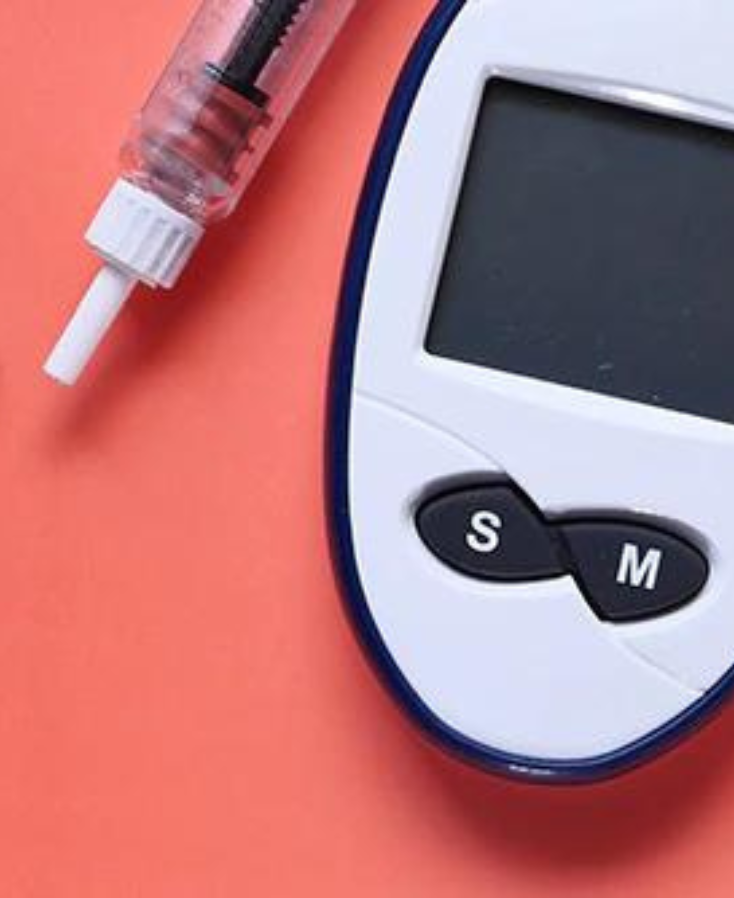
Diabetes Medications
The average cost of diabetes medications can vary significantly depending on the type of medication, whether it is a brand-name or generic product, and if it’s covered by insurance. On average:
- Oral Diabetes Medications (e.g., Metformin): Typically range from $4 to $30 per month for generic versions.
- Newer Oral Medications (e.g., Januvia, Jardiance): Can cost between $200 and $400 per month without insurance.
- Insulin: Prices can range widely, with some types costing $25 per vial for older, generic forms, while newer, brand-name insulin can cost upwards of $300 to $600 per month without insurance.
Many people avoid using diabetes medications for several reasons:
High Cost: The primary reason for avoiding diabetes medications, particularly newer medications and insulin, is their high cost. Without insurance, these medications can be prohibitively expensive. Even with insurance, copays and deductibles can still be a significant financial burden.
Insurance Coverage: Not all insurance plans cover the full cost of diabetes medications, leading to high out-of-pocket expenses. Some plans may also have restrictive formularies that limit access to certain medications or require prior authorization.
Financial Hardship: Individuals with limited financial resources may struggle to prioritize the cost of diabetes medications over other essential needs like housing, food, and utilities, leading them to skip or ration their medication.
Side Effects: Some diabetes medications can have side effects, such as gastrointestinal issues with metformin or the risk of hypoglycemia with insulin and certain oral medications. Fear of these side effects can lead individuals to avoid taking their prescribed medications.
Lack of Understanding: Some individuals may not fully understand the importance of taking diabetes medications to manage their condition effectively and prevent complications. This lack of understanding can lead to irregular use or discontinuation.
Access to Healthcare: Regular access to healthcare providers for prescriptions, monitoring, and follow-up care is necessary for effective diabetes management. Those with limited access to healthcare, particularly in rural or underserved areas, may find it difficult to obtain and use their medications as prescribed.
Lifestyle Changes: Managing diabetes often requires significant lifestyle changes, including diet and exercise. Some individuals may hope to manage their condition through lifestyle changes alone and may avoid medications as a result.
Stigma and Psychological Factors: Some individuals may feel embarrassed or stigmatized about having diabetes or taking medication daily, leading to avoidance.
While cost is a significant factor in avoiding diabetes medications, other reasons include insurance barriers, financial hardship, side effects, lack of understanding, access to healthcare, lifestyle changes, and psychological factors. Addressing these barriers through improved insurance coverage, financial assistance programs, patient education, accessible healthcare services, and support for lifestyle modifications is essential to ensure that individuals with diabetes can afford and access their medications.
Chemotherapy Drugs
The average cost of chemotherapy drugs can be extremely high and varies widely depending on the specific drugs used, the type of cancer being treated, and the length and frequency of treatment. On average:
- Traditional Chemotherapy Drugs: Costs can range from $1,000 to $12,000 per month.
- Targeted Therapy Drugs: These newer treatments can cost significantly more, often ranging from $10,000 to $30,000 per month.
- Immunotherapy Drugs: These advanced treatments can exceed $100,000 per year.
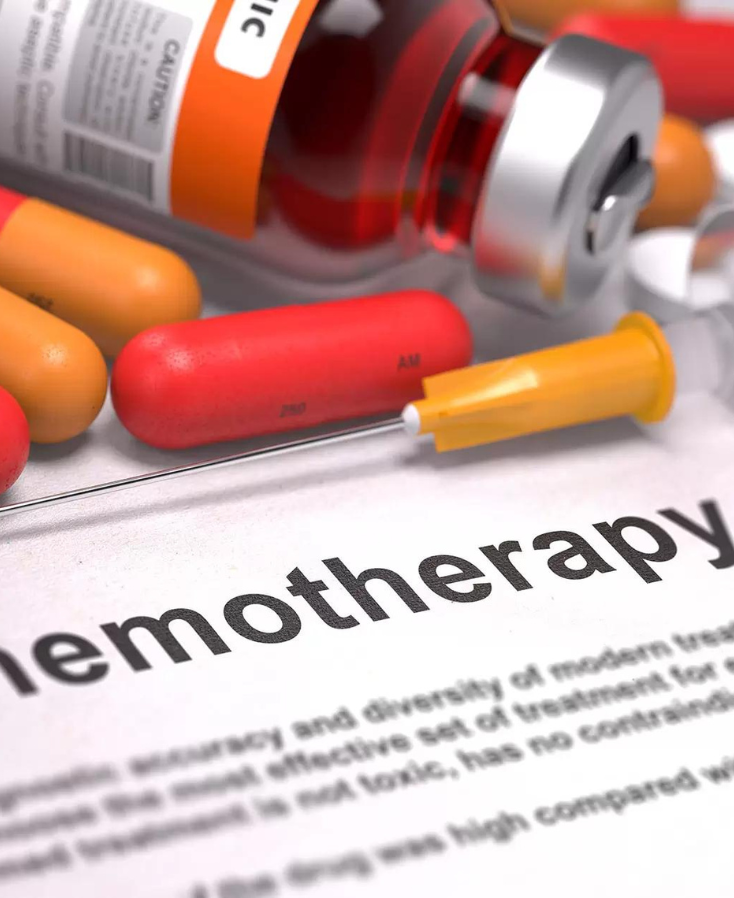
Many people avoid or delay chemotherapy for several reasons:
High Cost: The primary reason is the high cost of chemotherapy drugs. Even with insurance, copays, deductibles, and other out-of-pocket expenses can be overwhelming. For those without insurance, the costs can be prohibitive.
Insurance Limitations: Not all insurance plans cover the full cost of chemotherapy, and some may require high out-of-pocket expenses before coverage begins. Additionally, there may be restrictions on which drugs are covered.
Financial Hardship: The cost of chemotherapy can lead to significant financial strain, forcing individuals to make difficult choices between paying for treatment and other essential needs like housing, food, and utilities.
Side Effects: Chemotherapy can cause severe side effects, including nausea, fatigue, hair loss, and an increased risk of infection. The fear of these side effects can deter individuals from starting or continuing treatment.
Access to Care: Access to chemotherapy can be limited by geographic location, availability of specialized healthcare providers, and transportation challenges, especially in rural areas.
Emotional and Psychological Factors: The emotional and psychological toll of a cancer diagnosis and the prospect of undergoing chemotherapy can lead some individuals to avoid treatment. Fear, depression, and anxiety can all play a role in this decision.
Lack of Support: Without adequate support systems, such as family, friends, or community resources, individuals may feel unable to manage the demands of chemotherapy treatment, leading to avoidance.
While cost is a significant barrier to chemotherapy treatment, other factors such as side effects, access to care, emotional and psychological challenges, and lack of support also contribute to why many people avoid or delay this critical treatment. Addressing these barriers through improved insurance coverage, financial assistance programs, better access to care, and comprehensive support services is essential to ensure that everyone who needs chemotherapy can afford and access it.

Blood Pressure Medications
The average cost of blood pressure medications can vary significantly depending on the type of medication, brand versus generic versions, and whether it is purchased with or without insurance. On average:
- Generic Blood Pressure Medications: Typically range from $10 to $50 per month.
- Brand-Name Blood Pressure Medications: Can cost between $50 and $200 or more per month.
Many people avoid using blood pressure medications for several reasons:
Cost: Even though many blood pressure medications are relatively affordable, the cost can still be a barrier for those without insurance or with high copays and deductibles. For those on tight budgets, even a modest monthly expense can be burdensome.
Lack of Insurance: Individuals without health insurance may struggle to afford regular medication, leading to inconsistent use or complete avoidance of necessary treatments.
Side Effects: Blood pressure medications can have side effects such as dizziness, fatigue, and sexual dysfunction. Fear of or experience with these side effects can lead people to avoid taking their prescribed medications.
Misunderstanding the Condition: Some individuals may not fully understand the seriousness of high blood pressure, especially if they are asymptomatic. This can lead to complacency and neglect in taking prescribed medications.
Complexity of Regimen: Managing multiple medications can be complicated and overwhelming, particularly for older adults or those with multiple health conditions. This complexity can result in non-adherence.
Lack of Access to Healthcare: Regular medical appointments are necessary for monitoring and adjusting blood pressure medications. Limited access to healthcare providers, especially in rural areas, can hinder proper management of the condition.
Stigma and Denial: Some people may deny the severity of their condition or feel a stigma associated with taking medication daily, leading to avoidance.
While cost is a factor in avoiding blood pressure medications, other significant reasons include side effects, lack of understanding of the condition, complexity of the medication regimen, limited access to healthcare, and psychological factors like stigma and denial. Addressing these barriers through patient education, improved insurance coverage, accessible healthcare services, and support for medication management is crucial to ensure effective treatment of high blood pressure.
Asthma Inhalers
- Rescue Inhalers (e.g., Albuterol): Cost between $30 and $60 per inhaler without insurance.
- Maintenance Inhalers (e.g., Advair, Symbicort): Can cost between $200 and $300 per inhaler without insurance.

Many people avoid using asthma inhalers for several reasons:
High Cost: The primary reason for avoiding asthma inhalers is their high cost. Without insurance, the expense can be prohibitive. Even with insurance, copays and deductibles can be substantial, making it difficult for some individuals to afford their medication regularly.
Insurance Coverage: Not all insurance plans cover the full cost of asthma inhalers, leading to high out-of-pocket expenses. Some plans may also have restrictive formularies that limit access to certain inhalers.
Financial Hardship: People with limited financial resources may struggle to prioritize the cost of inhalers over other essential needs like housing, food, and utilities, leading them to skip or ration their medication.
Side Effects and Misconceptions: Some individuals may experience side effects from inhalers or have misconceptions about their necessity, leading them to avoid using them. For example, some might believe they only need their inhaler during an asthma attack and not for daily maintenance.
Complexity of Management: Managing asthma can require multiple inhalers (both rescue and maintenance), and the complexity of remembering to use different inhalers at different times can lead to non-adherence.
Access to Healthcare: Regular access to healthcare providers for prescriptions and monitoring is necessary for effective asthma management. Those with limited access to healthcare, especially in rural or underserved areas, may find it difficult to obtain and use inhalers as prescribed.
Stigma and Psychological Factors: Some individuals may feel embarrassed or stigmatized about using an inhaler, especially in public, leading them to avoid carrying or using their medication.
While cost is a significant factor in avoiding asthma inhalers, other reasons include insurance barriers, financial hardship, side effects, misconceptions, complexity of management, access to healthcare, and psychological factors. Addressing these barriers through improved insurance coverage, financial assistance programs, patient education, and support for medication management is essential to ensure that individuals with asthma can afford and access their inhalers.
Antidepressants
The average cost of antidepressants can vary significantly depending on the specific medication, whether it is a brand-name or generic drug, and if it is covered by insurance. On average:
- Generic Antidepressants (e.g., fluoxetine, sertraline): Typically cost between $4 and $30 per month.
- Brand-Name Antidepressants (e.g., Prozac, Zoloft): Can cost between $100 and $300 per month without insurance.
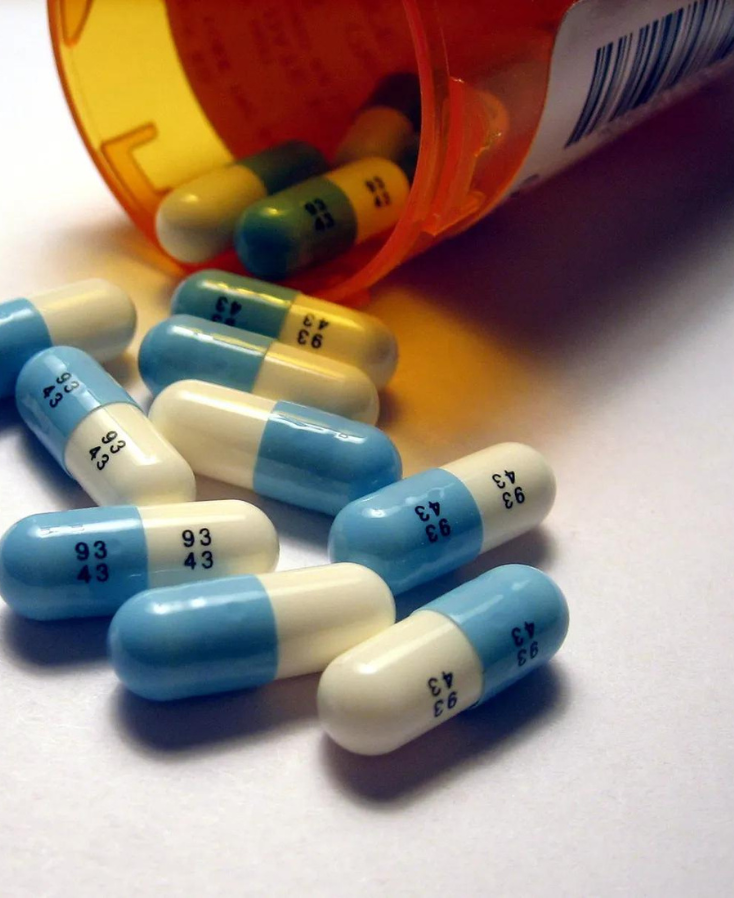
Many people avoid using antidepressants for several reasons:
High Cost: The primary reason for avoiding antidepressant medications is their high cost, particularly for brand-name drugs. Without insurance, the expense can be prohibitive. Even with insurance, copays and deductibles can still be significant, making it difficult for some individuals to afford their medication regularly.
Insurance Coverage: Not all insurance plans cover the full cost of antidepressants, leading to high out-of-pocket expenses. Some plans may also have restrictive formularies that limit access to certain medications.
Side Effects: Antidepressants can have various side effects, such as weight gain, sexual dysfunction, drowsiness, and gastrointestinal issues. These side effects can discourage individuals from taking their medications regularly.
Stigma and Denial: There is often a stigma associated with mental health conditions and taking psychiatric medications. Some individuals may deny the severity of their condition or feel embarrassed about taking antidepressants, leading to non-adherence.
Lack of Understanding: Some individuals may not fully understand the importance of taking antidepressants as prescribed to manage their condition effectively. This lack of understanding can lead to irregular use or discontinuation.
Delayed Onset of Effects: Antidepressants often take several weeks to show their full effects. This delay can lead to frustration and impatience, causing some individuals to stop taking their medication prematurely.
Access to Healthcare: Regular access to healthcare providers for prescriptions, monitoring, and follow-up care is necessary for effective treatment. Those with limited access to healthcare, particularly in rural or underserved areas, may find it difficult to obtain and use antidepressants as prescribed.
Complexity of Management: Managing mental health conditions often requires a comprehensive treatment plan, which can include multiple medications and therapies. This complexity can lead to confusion and non-adherence.
Financial Hardship: Individuals with limited financial resources may struggle to prioritize the cost of antidepressants over other essential needs like housing, food, and utilities, leading them to skip or ration their medication.
While cost is a significant factor in avoiding antidepressant medications, other reasons include insurance barriers, side effects, stigma, lack of understanding, delayed onset of effects, access to healthcare, complexity of management, and financial hardship. Addressing these barriers through improved insurance coverage, financial assistance programs, patient education, and support for comprehensive mental health care is crucial to ensure that individuals with depression and other mental health conditions can afford and access their antidepressant medications.
Impact Across America
The pounds of food and household products that have been donated to the less fortunate and in need will help people all throughout the country. Join us at the Health Chex Medical Foundation to fight hunger and contribute to the betterment of impoverished children’s and families’ futures. Come combat hunger with us at the Health Chex Medical Foundation and help us create a better future for underprivileged children and families.
Talk to us
Contact us to donate or learn about our services. Together, we can end childhood hunger and support underserved communities with essential resources and healthcare. Join us in making a difference today.
